It’s a Monday night and a small group of residents from rental flats are seated one metre apart at a Beyond Social Services centre at the Whampoa Drive estate in central Singapore.
As part of an icebreaker, they take turns to describe how they feel about Covid-19 in one word. Each time someone takes their turn to speak, the person beside them passes them a bottle of hand sanitiser to squeeze a drop on their hands.
Fear, anxiety, worry are some of the terms that crop up. One mother says she watches her children leave the house each morning with her heart thumping. Another stuffs a giant bottle of hand sanitiser in her bag wherever she goes.
But the most common theme is fret about the loss of earnings, as bills and living expenses stack up. All the residents here have few savings, living from paycheque to paycheque.
These are the concerns of Singapore’s urban poor, often the forgotten class of one of Asia’s wealthiest and most expensive countries, now the hardest hit by the pandemic. More than ever, Covid-19 has sharply amplified the gulf between the privileged and the disadvantaged in the city-state.
Among the group chatting that Monday is 32-year-old Siti Nazariah. For the last 12 years, her family of eight has been living in a two-room rental flat in Jalan Tenteram, a poor neighbourhood in central Singapore where suicides are common and police visits frequent.
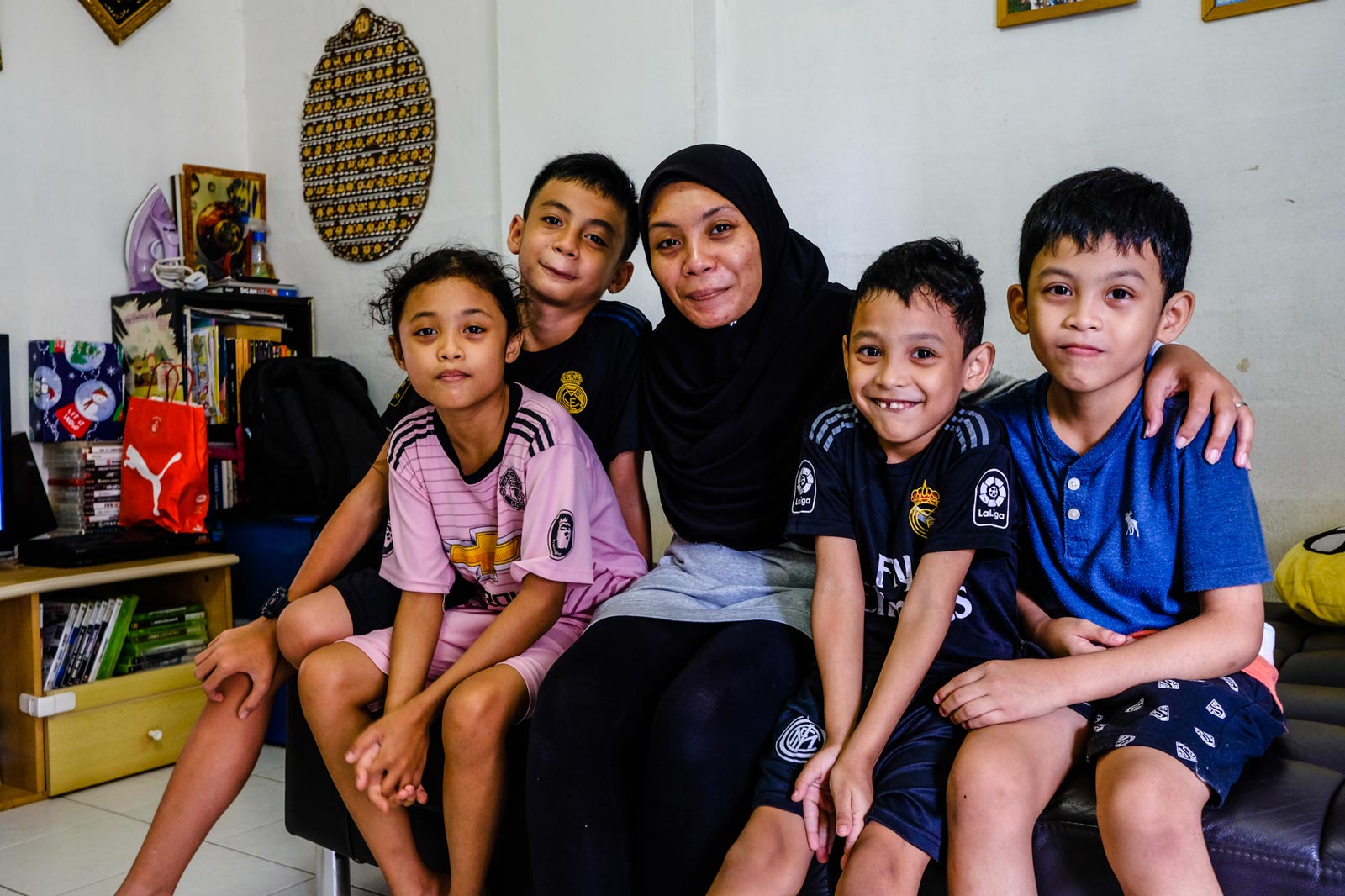
Siti Nazariah and her children in Jalan Tenteram.
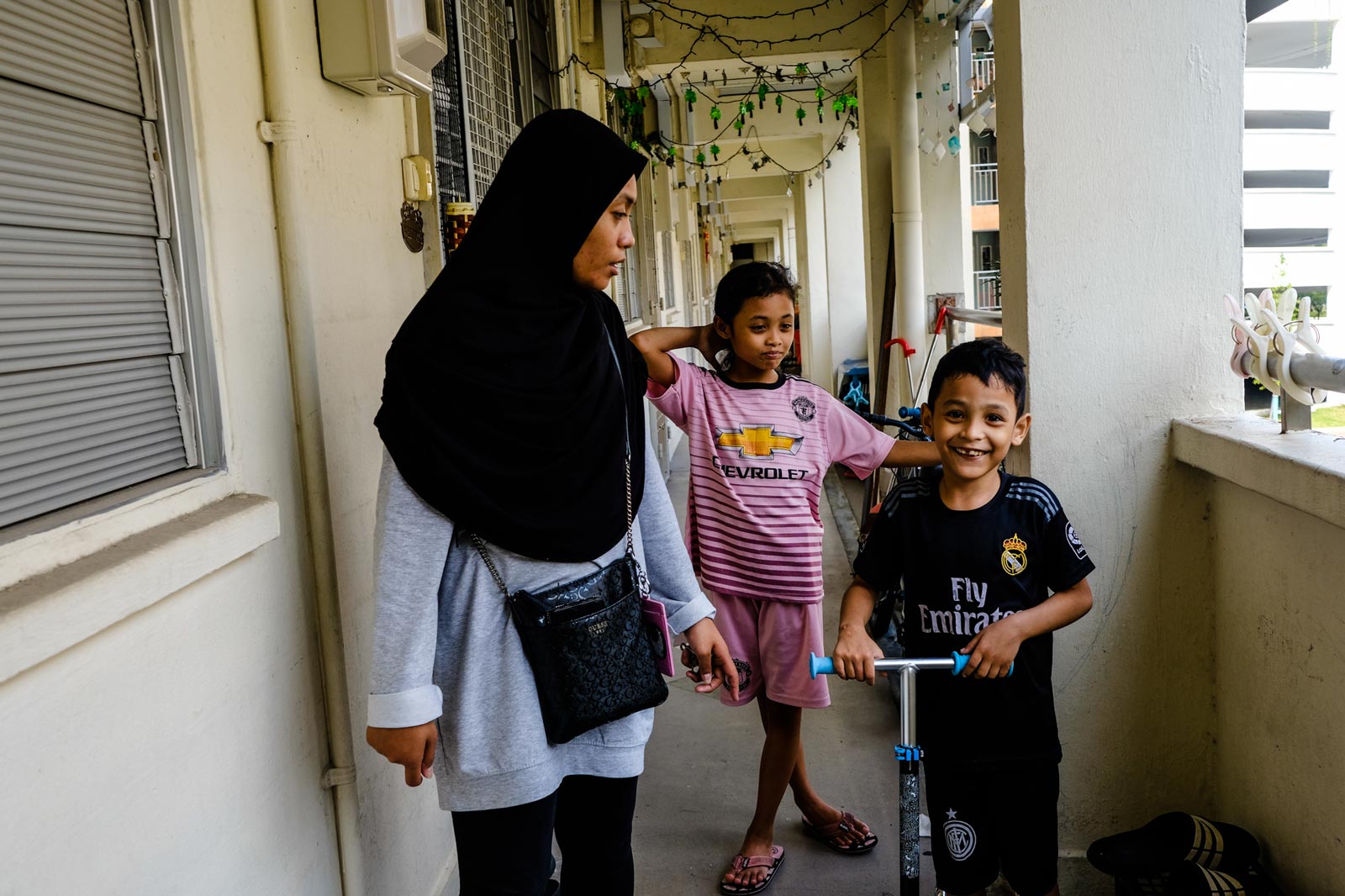
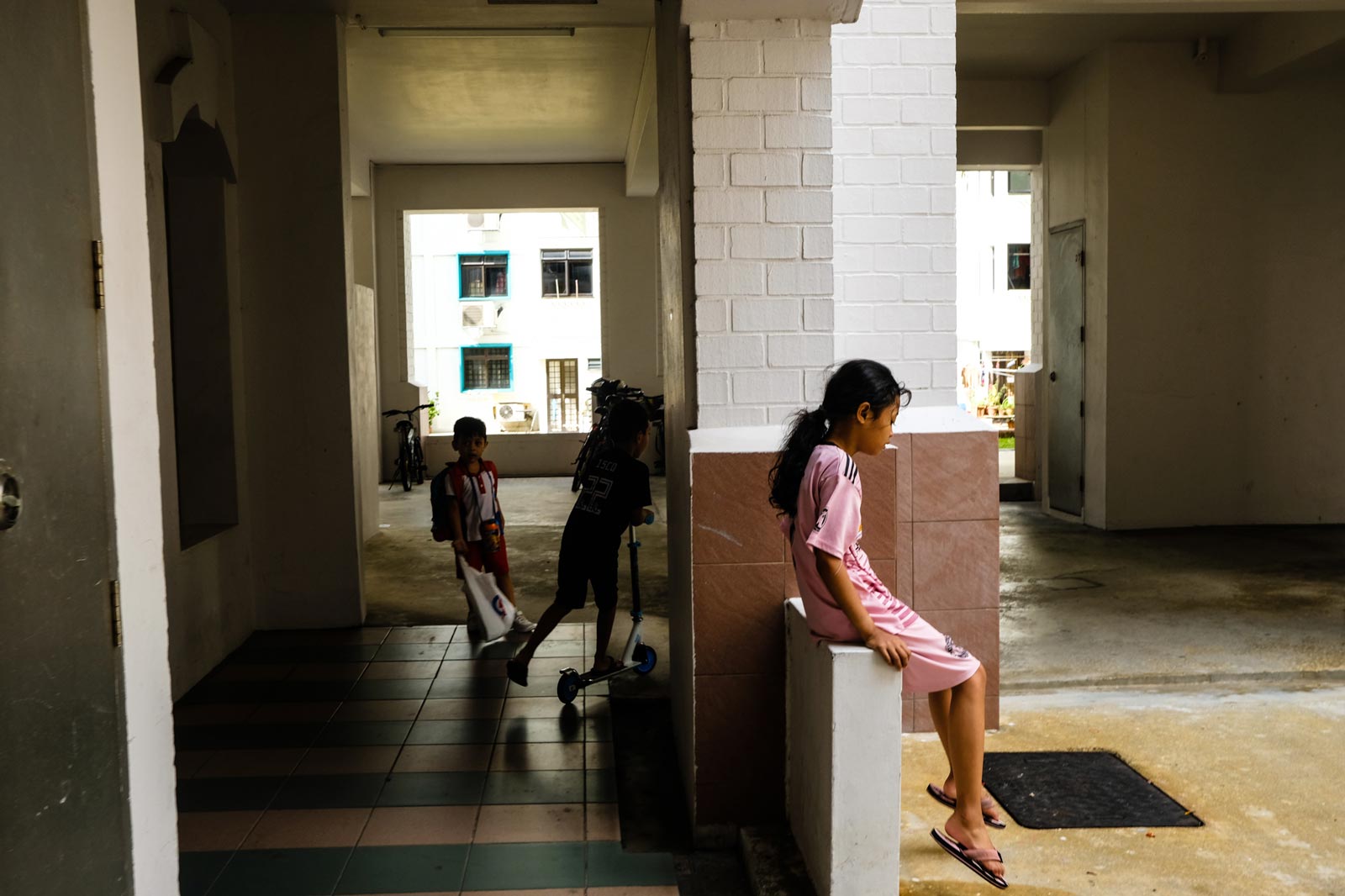
Her family simply cannot afford to be sick. They were just getting by on her husband’s salary of $630 (S$900) a month, but of late he has seen his income as a parcel deliveryman slashed to some $245 due to fewer packages being delivered from overseas as a result of Covid-19.
“You must be thinking, ‘Oh my god. How do you all survive [on that money] in a place like Singapore?’” Siti tells the Globe.
Close to one-third of the monthly income of $630 is set aside for rent, electricity, service and conservancy charges (meant for the upkeep within the public housing estate), transport and the children’s school pocket money. She budgets another $105 for groceries, and finally $140 for food.
While the family has been largely self-sufficient, they still rely on the local school and mosque for financial assistance.
Buying fish and eating out is out of the question, so they stick to staples – small packs of frozen meat, vegetables and the occasional treat like sweet drinks, biscuits and chips for the children. She also whips up curry from canned sardines given out as food rations.
“I sometimes get cravings for chocolate, but I put it back. I think S$2 can get me some eggs,” Siti says.
In the initial stages of the pandemic, Singapore recommended social distancing and work-from-home measures in order to contain the spread of the virus.
But Siti doesn’t have that option – she needs to be physically present at work for her part-time cleaning job, which brings another $110 a month. But lately, even that has been reduced with cleaners being told to come down on alternate days, meaning blow to her family’s income.
And amid a panic buying frenzy in the city-state, spurred on as Singaporeans throng the supermarkets anticipating a lockdown, it is families like Siti’s that suffer most.
“COVID-19 has hit every single one of us,” she says. “When it’s my turn, I just hope there’s some left on the shelves for us.”
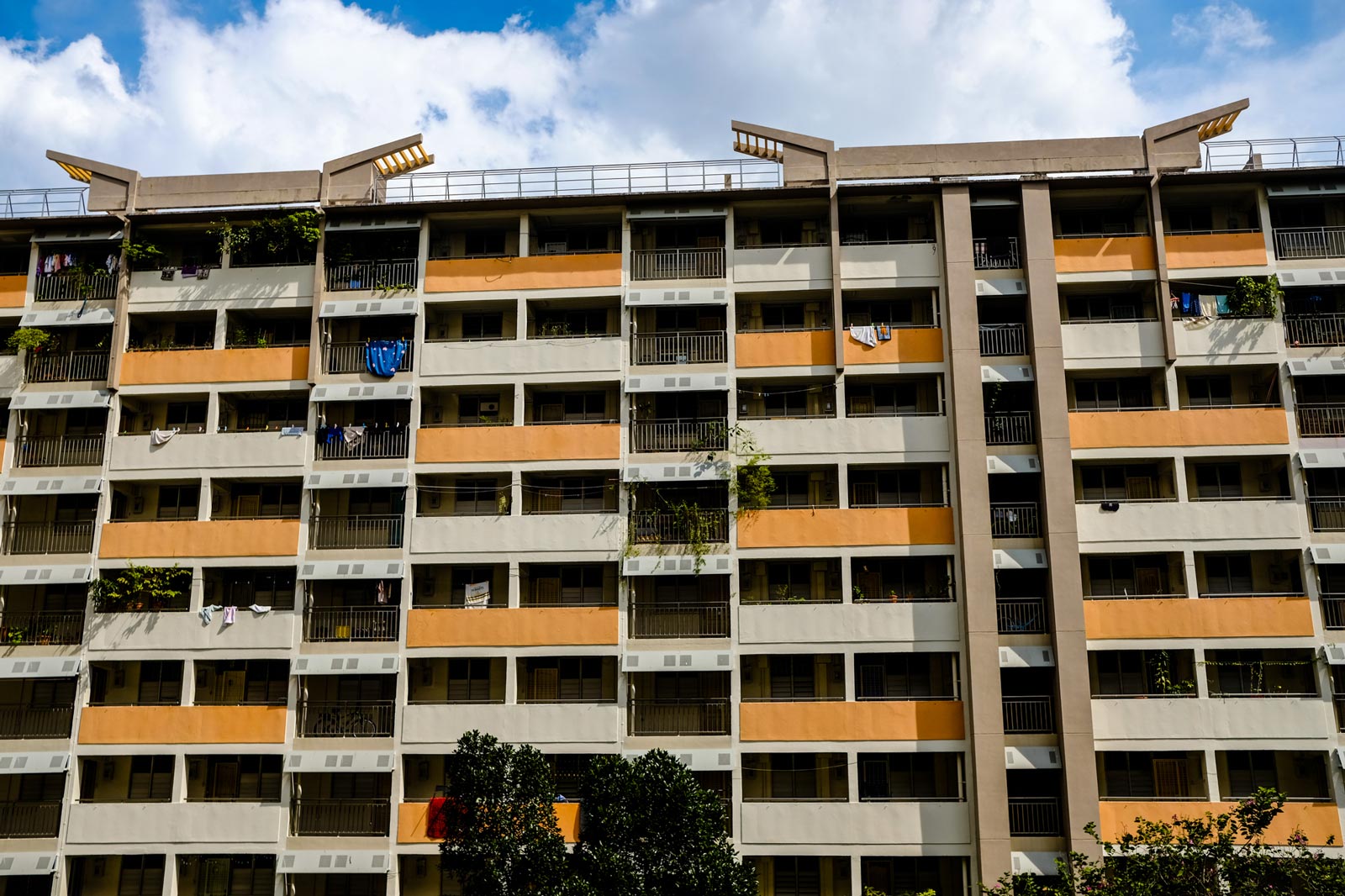
The Jalan Tenteram rental flats.
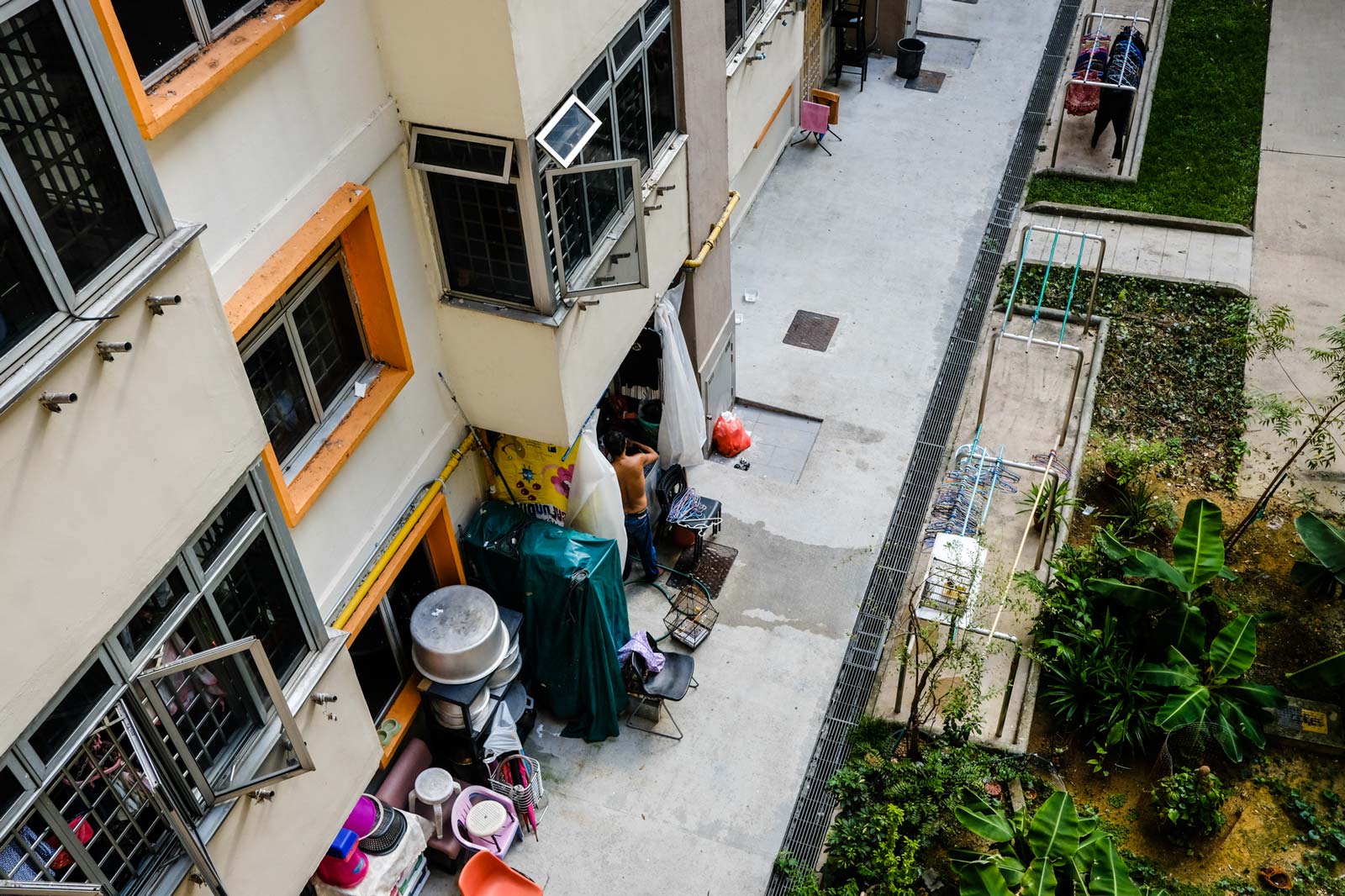
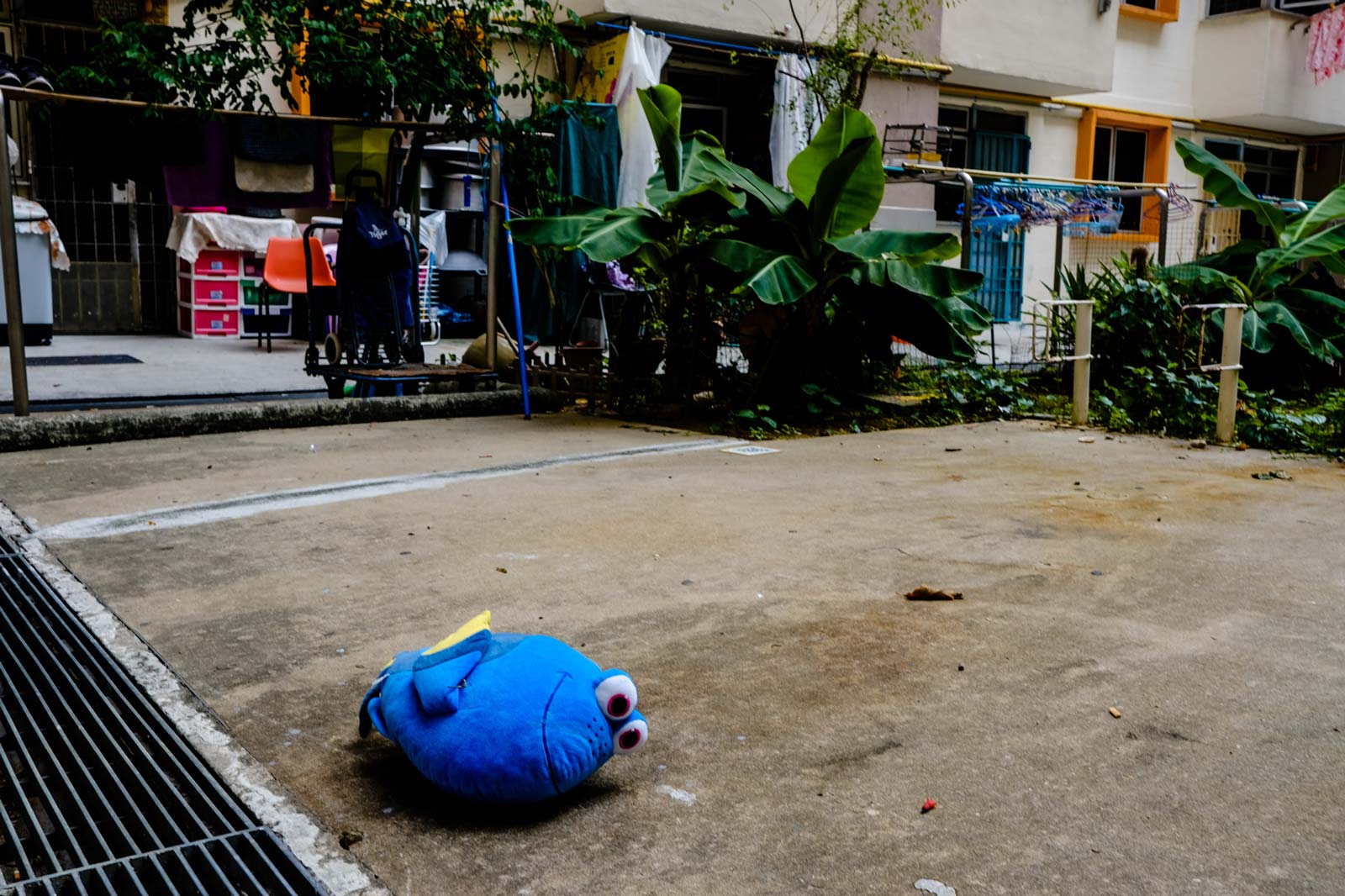
As of writing, Singapore’s Covid-19 cases have risen to 1,375. Last week, the government announced that most workplaces will be closed from April 7, and all schools would move to full home-based learning a day later, as part of its “circuit breaker measures” to curb the rise of rising local infections. Most recently, on April 7, all public gatherings in both private and public spaces were also banned.
As the global economy shuts down, Singapore’s central bank has warned of increasing job losses and fewer pay rises this year as the country’s economy heads into its worst recession since the 2008 financial crisis. Inevitably, this turbulent economic state often hits the poorest hardest, who find themselves financially crippled amid this upheaval.
According to Stephanie Chok, Singapore’s poorest are among the most vulnerable as they tend to be in “precarious jobs, with few safety nets and insufficient wage and labour protection”.
Chok is assistant director of research and programme development at Beyond Social Services, a charity working with 11,000 low-income beneficiaries in 64 rental blocks in Singapore. They recently surveyed 200 low-income families on the impact of Covid-19 on employment and household income.
80% of Singapore’s resident population live in high-rise apartments, known as Housing Development Board (HDB) flats. But rental blocks are heavily subsidised for those with a monthly household income of less than $1,000 – notably less than Singapore’s average median household income of $6,615 in 2019.
As casual, contract, or part-time staff, the lowest paid workers are usually in the service sector, the food and beverage industry, private-hire drivers, or retail – all of which have seen reduced work days, unpaid leave, pay cuts and retrenchment amid the current bleak economic outlook.
There’s also the informal, more unregulated economy of maids and house cleaners, whose income cannot be tracked via a pay slip and who are not eligible for benefits such as paid sick leave and paid childcare leave.
The majority of these workers are also in people-facing roles, with Chok saying that “we need to think about the fact that we are exposing the lowest paid workers to the greatest risk of in-person contact of the virus”.
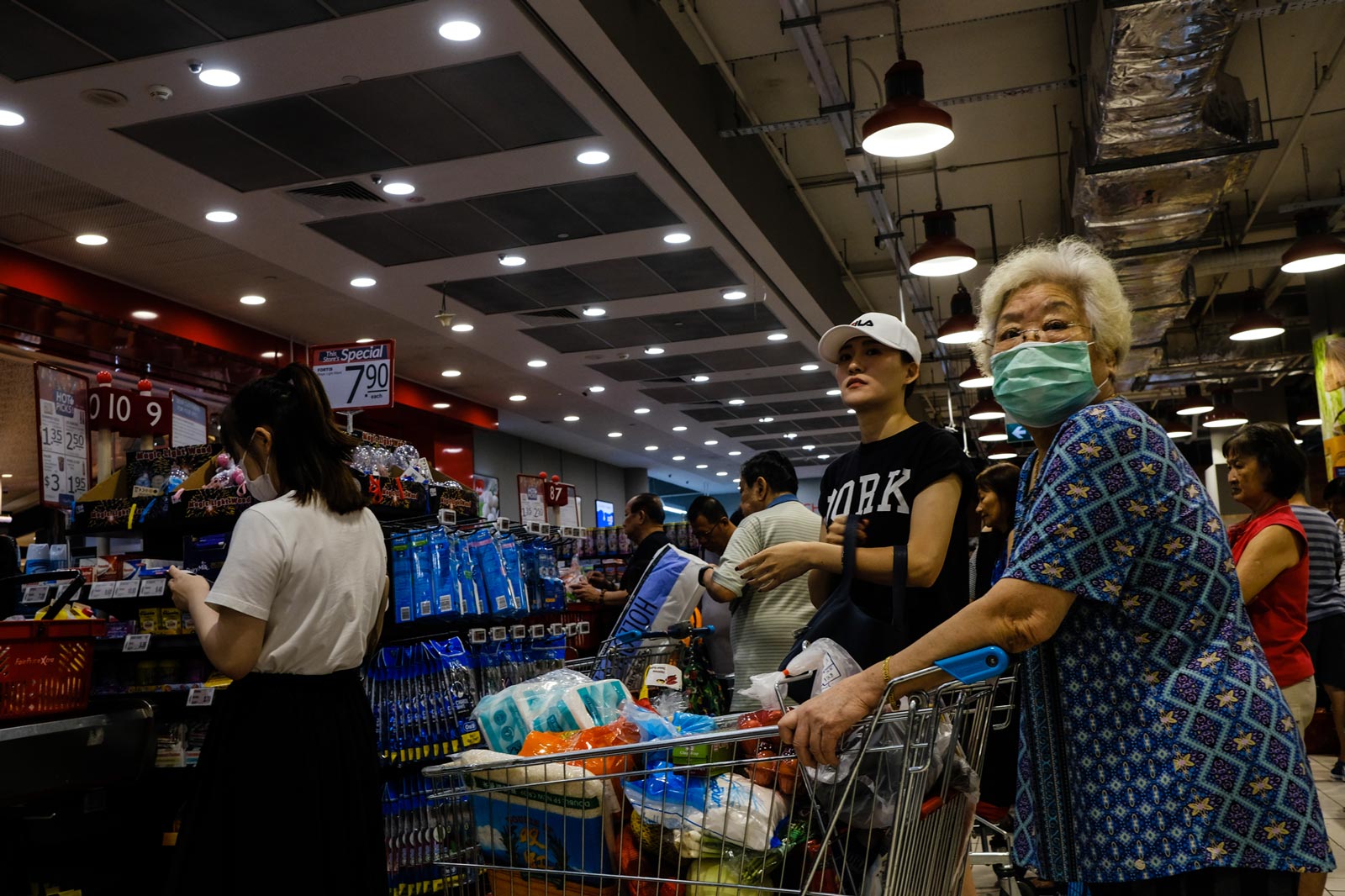
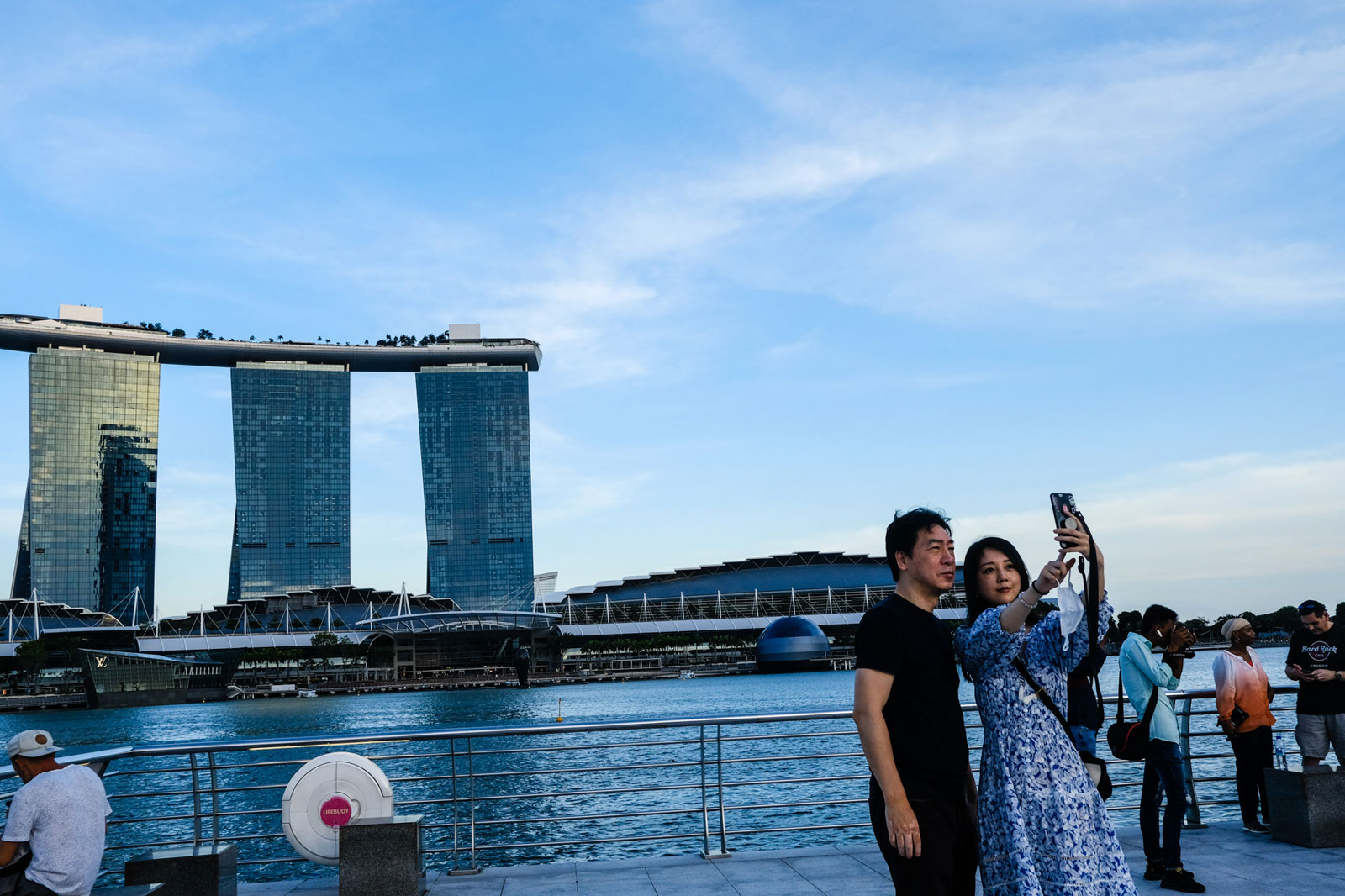
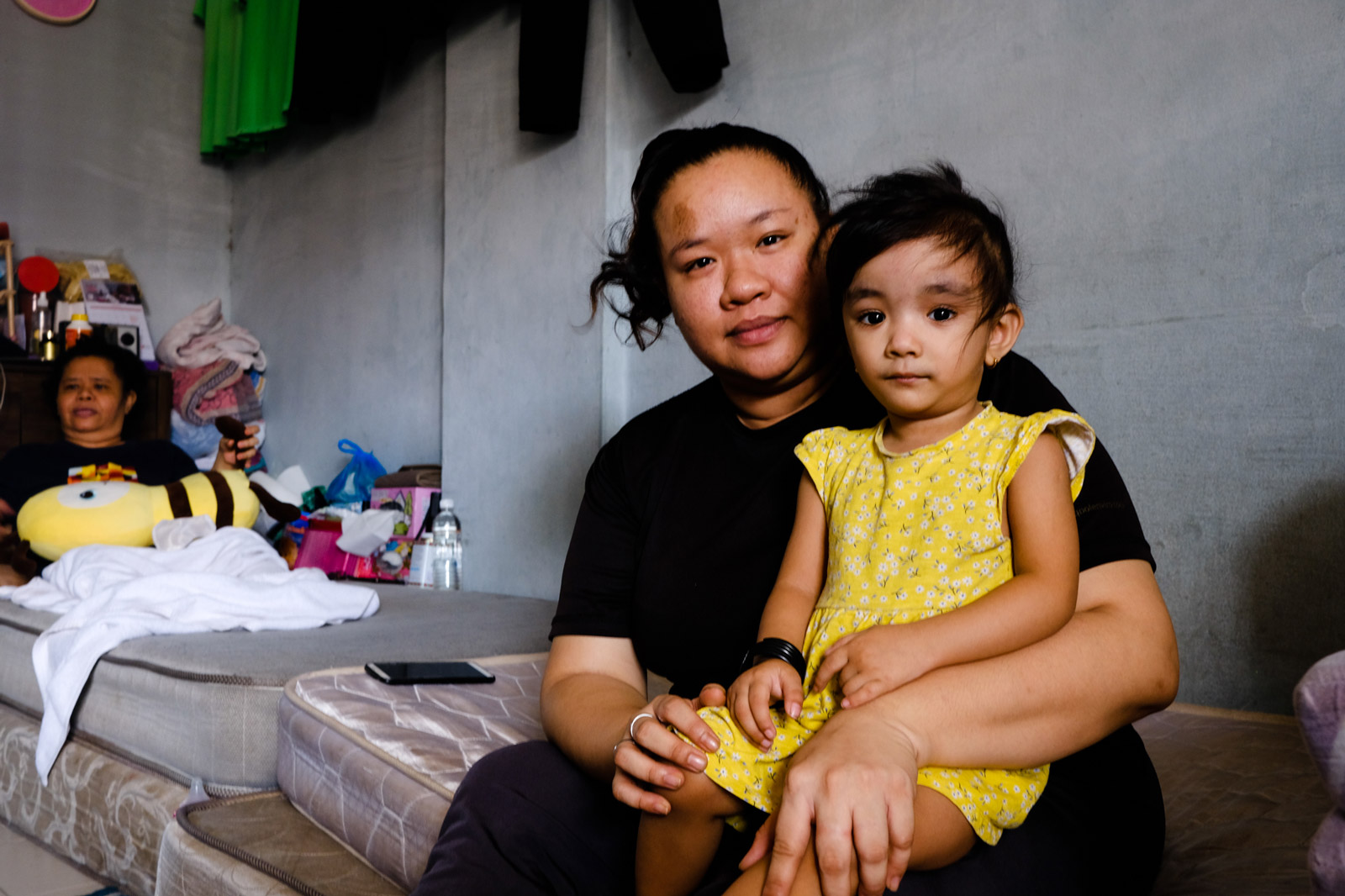
27-year-old Nurhidayah Binte Abdul Aziz is a rental flat resident at Ang Mo Kio Avenue 4 near central Singapore. She has also been feeling the pinch.
Her husband is a part-time deliveryman who earns by the number of parcels he processes. Previously he brought home $980 a month, but that has been cut to $420 in recent weeks.
It’s not enough to support her three children, all under ten, with another child due in September. She tries to save whenever she can, but struggles with the cost of prenatal check ups, milk powder, and Singapore’s rising price of onions and garlic due to the crisis.
Her husband has recently started taking on high-risk jobs, delivering groceries to the homes of quarantined individuals. It’s a risk they have to take to put food on the table.
“We’re scared for his safety, but we have no choice. We need the money to survive,” she says. “I just tell him to take care of himself.”
Beyond finances, Covid-19 has had other more intangible consequences on low income families.
As schools move to full home-based learning this month, the digital divide has become apparent. Poor families may lack access to stable Wi-Fi, laptops, tablets and printers.
“It’s an abyss,” Beyond Social Services’s deputy executive director Ranganayaki Thangavelu told the Globe, adding that they are currently working to set up dedicated Wi-Fi zones in the Ang Mo Kio Avenue neighbourhood.
Social distancing too, essential to stem the spread of the virus, is perhaps the biggest challenge.
“People don’t have much space to even sleep, so having dedicated toilets, or keeping even one metre apart is out of the question,” said Ranganayaki.
In March, Nurhidayah had already cut down on “family bonding” outings to places like East Coast Park where they would fish and enjoy beachside picnics.
But there’s a limit to how long a five-person family can stay in the confines of a two-room flat, with Nurhidayah saying it gets stifling, stressful, hot and stuffy.
All Nurhidayah can do now is anxiously track the rising Covid-19 numbers on the news.
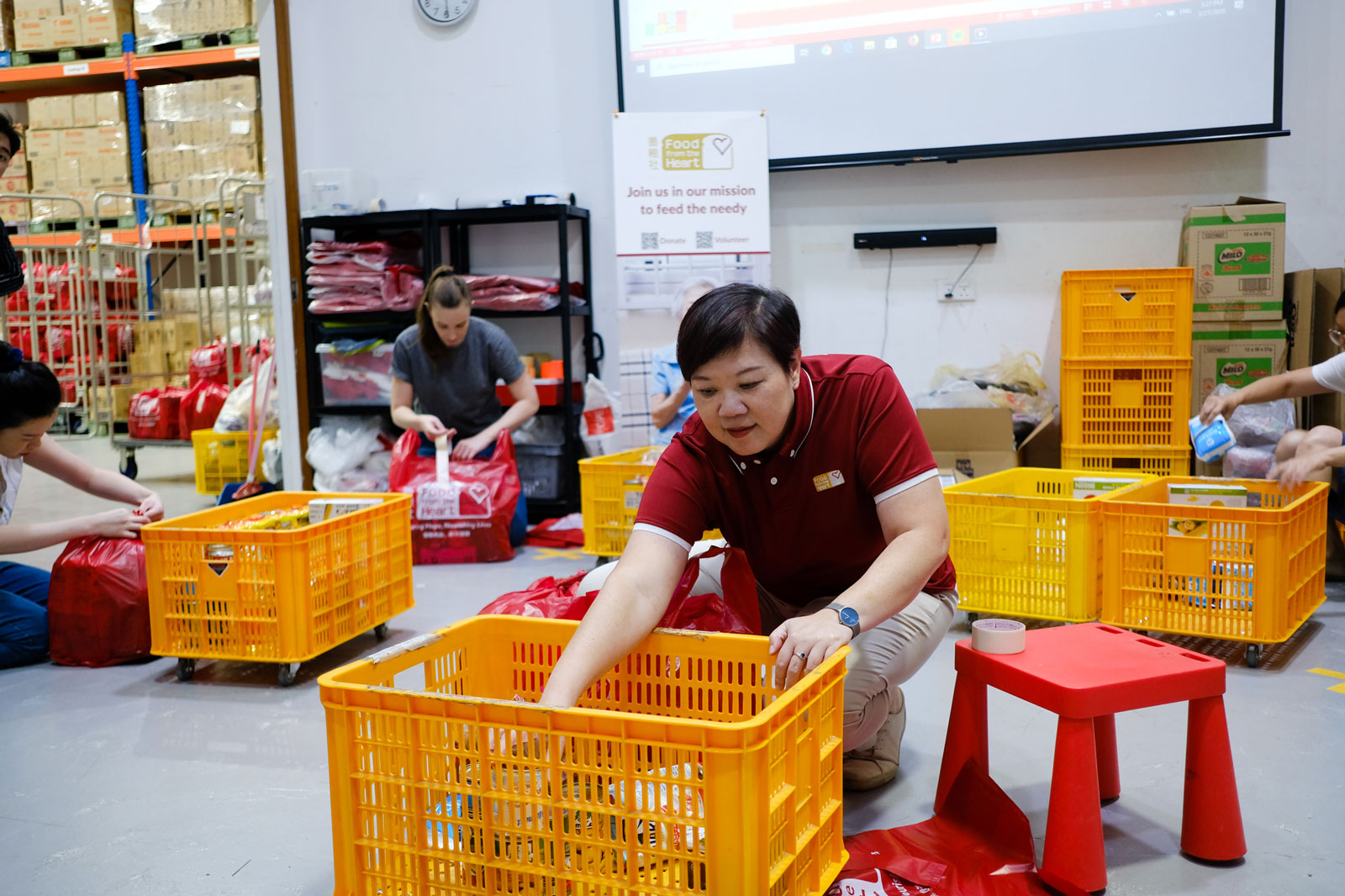
We’re trying to go on life as normal, in these abnormal times. We have to keep it going, to get the food to the people
Food from the Heart chief executive Sim Bee Hia
Charity organisations, an essential lifeline to the city-state’s poorest, are also finding themselves in a precarious situation during the outbreak, faced with trickling donations and a shrinking volunteer pool.
Local non-profit Food from the Heart has lost over $80,500 in corporate donations since the start of the crisis, said its chief executive Sim Bee Hia.
To reach struggling families, the organisation works with public schools, family service centres, senior activity centres and grassroots organisations islandwide to provide food assistance. Each month, 900 volunteers take on the mammoth task to check, sort and pack 7,500 food donations into individual packs at its warehouse.
But in the two weeks after Singapore raised its Disease Outbreak Response System Condition (DORSCON) to Orange in February, 90% of its volunteers, or 400 to 500 people, were “wiped out” due to mass cancellations from corporate and school groups. The organisation scrambled to pack 2,000 food packs, roping in the help of the public and other individuals who responded to their plea on social media.
Sim takes her duty of being a community “connector” with utmost seriousness. During the interview, she sketched out their crisis plan to ensure the food still gets out to the most vulnerable.
In practice, this plan involves weekly cleaning and segregated work zones to cut down interaction between staff and the stream of volunteers. The organisation also learned to operate with a new decentralised model where food supplies are sent straight to partner centres in bulk. Staff also took turns working from home, so there was always a “back-up” if a volunteer or staff-member tested positive.
This military-like precision is vital, because “people who take our packs are really vulnerable”, says Sim. “We just cannot take the risk.”
“We’re trying to go on life as normal, in these abnormal times. We have to keep it going, to get the food to the people,” she adds.
Singapore has committed some $42 billion, or about 12% of gross domestic product, to save jobs and support workers and businesses through the pandemic.
Beyond Social Services has also started a Covid-19 Family Assistance Fund, raising close to $350,000 that will be disbursed to needy families within two weeks of applying.
But these emergency government measures and a charitable assistance model have their inherent limitations, with sociologist Teo You Yenn even writing last month that the crisis illuminates the need for structural changes to address poverty and inequality in Singapore.
Beyond Social Services’ Chok said the crisis highlights the need for wage and labour protection.
“Efforts should also be made to improve [the working poor’s] wages and working conditions, and ensure some level of job security. Otherwise, we will find ourselves in a similar situation when another crisis hits,” she said.
For families like Siti’s, who are striving to break the cycle of poverty, Covid-19 represents another blow pushing them down another economic rung on the ladder.
“Sometimes I lose hope in my situation. Poverty and me, it’s like we cannot be separated,” Siti says.
“I don’t want all the riches in the world. I just want to live a simple life, just enough to get by without asking for any help, buying whatever we want to buy without thinking about the budget, having the luxury to choose the food we want to eat.”
To donate to Beyond Social Services’ work supporting impoverished communities during this vital time, visit their website here. To support Food from the Heart’s vital cash and food donations, visit their website here.


